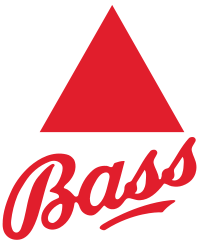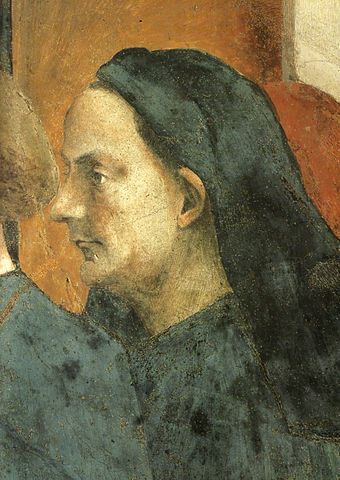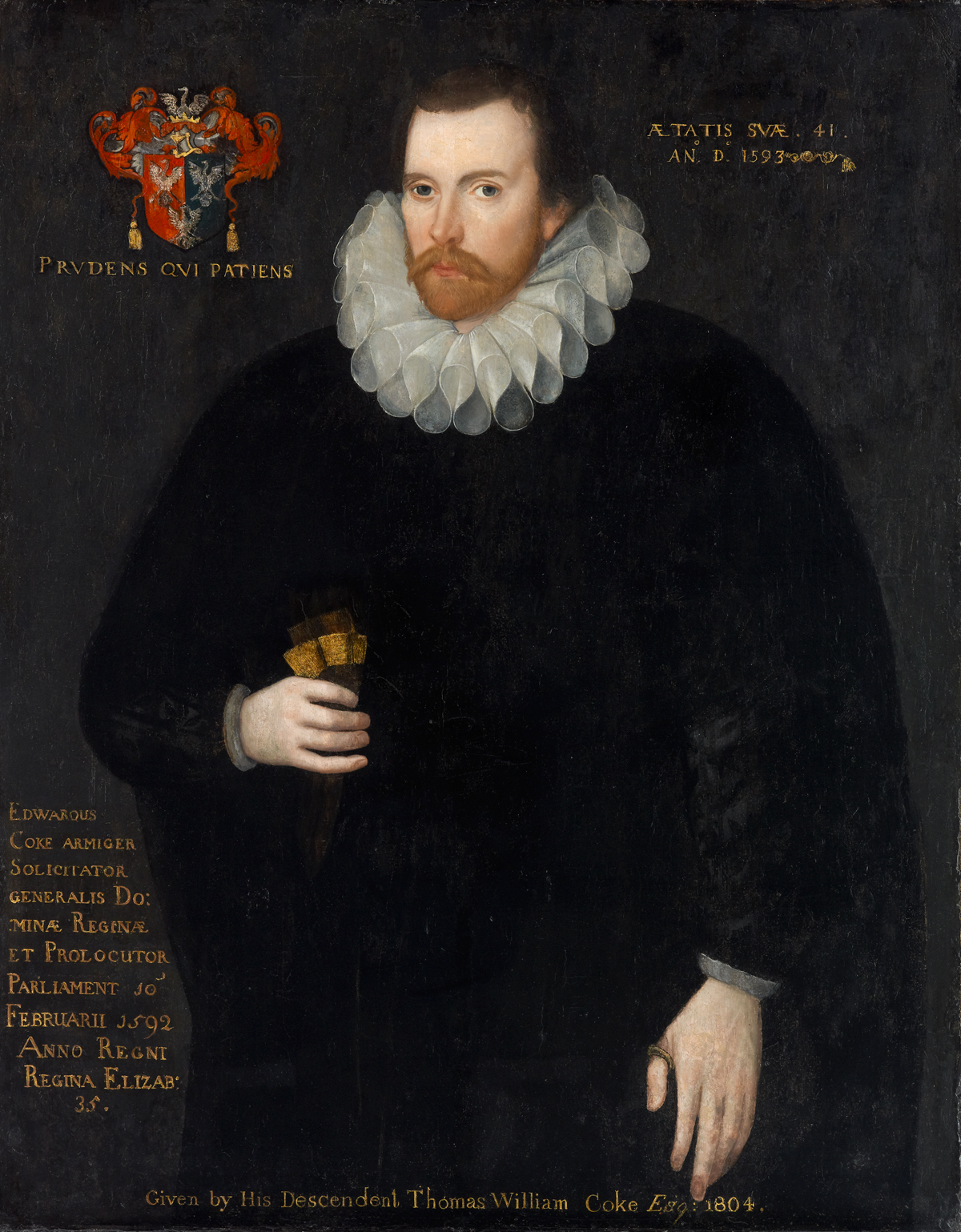It feels like it's becoming
impossible to shock anyone any more, although
not from lack of trying. Even the Catholic Church is slow to let loose its wrath and fury. But in 1517, a single, scholarly monk managed to do exactly that, setting off a chain of events that plunged Europe into war for over a hundred years.
It was a lesson in the power of networks, and it was the origin of copyright.
 |
| Martin Luther |
Martin Luther, a German monk, wrote a document titled “
Ninety-Five Theses on the Power and Efficacy of Indulgences.” It was a scholarly critique of certain Roman Catholic Church's practices at the time. In particular, it attacked the corrupted practice of
indulgences, where "
pardoners" had started to aggressively market and sell salvation from Hell in exchange for money
[1].
There was something else Martin Luther did in that document. He appeared to question the pope's authority. He asked why the pope needed to raise money from the poor when he had so much already. He actually questioned the legitimacy of papal policy.
Naturally,
all hell broke loose.
There was an
historical context of course. A match that small doesn't set off a fire storm without a lot of tinder and fuel lying about. There was also an accelerant, a change in the environment that meant subversive ideas could spread, rally support, and threaten states. That change had two parts: an increasingly literate peasantry and the printing press.
 |
| Johannes Gutenberg |
Johannes Gutenberg had invented a system of "moveable type" printing in 1439. Together with other inventions of his own, he created a practical system for the mass production of books, at marginal costs for publisher and reader alike. By the end of the 15th century, his printing press had spread throughout almost all of Europe.
Luther's 95 Theses was the match. When his friends translated it into German and began printing copies, the match was lit and dropped on the dried-out frustrations, alliances, and accumulated discontent from hundreds of years. The ruling elites noticed that they too were standing on mountains of tinder and sawdust. Knowledge and ideas were no longer tools of the well-off: a literate, affluent peasantry were discussing new ideas amongst themselves.
Clearly, something needed to be done.
 |
| Queen Mary, aka "Bloody Mary" |
Forty years later,
Queen Mary I was trying to restore Catholicism to a briefly Protestant England. The "menace" of the printing press and its use in fermenting opposition and revolt had already been well noted in many ruling courts. What a happy coincidence it was then, when the Stationers' Company, a guild of printers, approached the Royal Crown with a brilliant idea to control the copying and reproduction of documents.
The idea was copyright.
In 1557, Queen "Bloody" Mary issued a Royal Charter to the
Stationers' Company. In return for a monopoly on book production, Stationers were empowered to seize books that
violated the standards set down by the Church and State, and guild members would not print books that were seditious or heretical.
Of course it didn’t work. By the time she died in 1558 her heavy handed tactics, which had grown to include
burning protestants at the stake, had made her deeply unpopular. Her successor,
Queen Elizabeth I, restored Protestantism to England.
Still, this concept of “copying rights” was a useful thing. And useful things are not easily surrendered by governments. Thirty years later the Star Chamber was chartered to curb the "contentious and disorderly" people "professing the art or mystery of printing books."
 |
| John Milton |
However these excessive, heavy-handed and ultimately futile attempts to limit dissent led to a shift in attitudes towards "subversive" literature. The notion of "freedom of speech", that the expression of dissent should be tolerated had begun emerge, alongside the rise of newspapers and the press. John Milton for example
argued for a new freedom of expression, and that pre-censorship should not be a function of government
[4].
In 1694, the Stationers' Company monopoly on printing rights expired, and was not renewed by the British Parliament. This was potentially fatal to their business model. Unable to convince the legislature to create a new monopoly on censorship grounds, the publishing companies
set about lobbying for a new way to ensure the viability of their business. They hit upon the idea of joining forces with authors (such as Jonathan Swift) to argue for essentially the same monopoly controls, but for the benefit of authors rather than the preservation of their business model.
In 1710, the Statute of Anne, the world's first copyright statute, came into force.
The justification for copyrights had changed however. It was no longer about controlling the distribution of subversive information (although copyright law has been used repeatedly for precisely that purpose ever since
[5]). The justification now was that these rights were necessary in order to encourage learning. On the one hand, to encourage "the learned men" to commit their knowledge to books, and on the other, to allow booksellers and publishers a limited time to exclusively reproduce and sell those books so that the public could benefit from them.
The central tenet then was a
quid pro quo. In exchange for a government-enforced, limited-time monopoly, the public would benefit from greater learning, the advancement of science, and the enrichment of culture. This value of reciprocity (the public benefits, the rights-holder benefits) is a recurring theme in the patent system as well, as we shall see.
That is where I will leave this history of copyright
[2]. Let me explain.
No, there is too much. Let me sum-up:
- Copyright evolved in tandem with literacy, the cheap distribution of ideas, and a desire to control the distribution of information.
- Modern notions of freedom of speech tempered the censorious nature of copyright, but added a publisher-centric (not author centric) set of copying rights.
- At the heart of the first modern copyright acts, is the idea that there is a "pragmatic bargain", a mutually beneficial deal between the people and the publishers: that in order to improve the world, knowledge must be shared. And that this involves both the incentive to create the knowledge and write it down, as well as the right to copy and share it.
There is some use of metaphorical reasoning throughout the history of copyright
[3]. However the Statute of Anne and the statutes that followed it did not rely on metaphor for their justifications. It was understood in its own terms. The stretch to metaphor as justification is a relatively recent invention it seems.
Next step: the
origins of patent law.


















